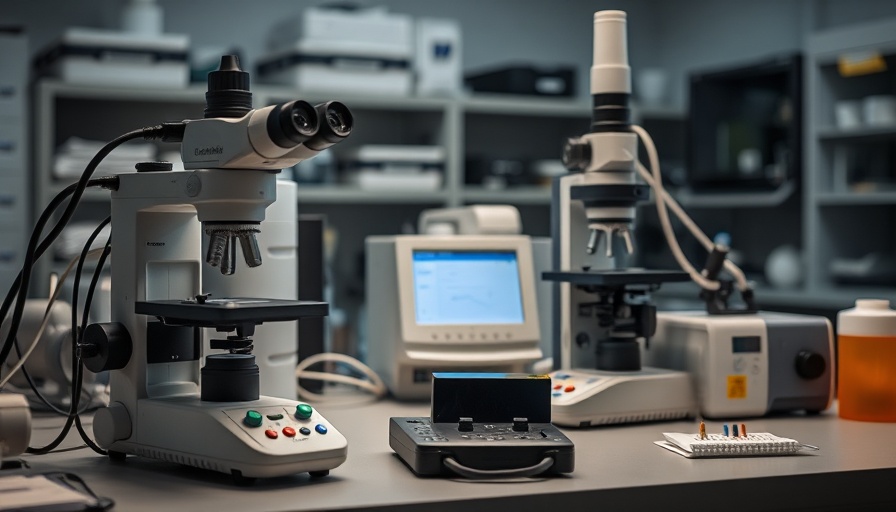
The Future of Glucose Monitoring: A Breakthrough in Non-Invasive Techniques
For individuals managing diabetes, the daily routine of blood sugar testing often involves the discomfort of pricking the skin multiple times a day—an inconvenience that can lead to painful experiences and potential health risks like infections. However, groundbreaking research from the Indian Institute of Science (IISc) introduces a promising alternative: a non-invasive photoacoustic technique that estimates glucose concentrations in both solution and biological tissue. Published in Science Advances, this method transforms the landscape of diabetes management and offers newfound hope for patients.
Understanding Photoacoustic Sensing
The photoacoustic sensing technique utilizes laser beams directed at biological tissues. These tissues absorb light, causing a slight increase in temperature, which results in expansion and contraction—akin to a subtle heartbeat. This fluctuation emits ultrasonic sound waves, captured by sensitive detectors. As unique 'fingerprints' form from different tissue components based on varying light absorption, the technique proves beneficial for diagnosing conditions without causing any harm to the tissue.
Why Polarized Light Matters in Glucose Measurement
This innovative study particularly emphasized the application of polarized light—a special type of light that oscillates in a single direction—to gauge glucose levels. As glucose molecules possess structural asymmetry, they uniquely interact with polarized light, rotating its oscillation orientation. This interaction signifies varying glucose concentrations as it modifies the emitted sound waves’ intensity. Lead researcher Jaya Prakash explains that establishing a correlational relationship between the concentration of glucose and the acoustic signal intensity will streamline future glucose monitoring.
A Pain-Free Path to Better Health Outcomes
The implications of this research extend far beyond just improving patient convenience. By eradicating the need for painful needle pricks, doctors could mitigate patient anxiety associated with glucose testing, enhancing adherence to necessary monitoring protocols. Furthermore, this non-invasive approach may pave the way for routine glucose monitoring in varied clinical settings, allowing healthcare providers to spot fluctuations or emergencies in real time.
Applications in Telehealth and Remote Patient Monitoring
As healthcare continues to shift towards telehealth, the need for patient-friendly monitoring devices becomes critical. This technique can seamlessly integrate into home-based health applications, enabling patients to track their glucose levels without the frequent use of conventional methods. Given the significance of real-time monitoring, concierge health practitioners can leverage this technology to provide a more proactive approach to managing chronic diseases, thereby elevating patient engagement and outcomes.
Potential Challenges and Limitations
While the photoacoustic technique shows significant potential, it is not without challenges. Questions remain regarding the technology's specificity, accuracy, and how it performs in diverse populations or under varying physiological conditions. Furthermore, transitioning this technique from the research phase to practical healthcare applications requires rigorous clinical trials to ensure reliability and safety for widespread use.
Advice for Healthcare Practitioners
For health practitioners eager to stay ahead of the curve, this research presents several actionable insights. Engaging in continuous education through workshops or seminars on emerging technologies can enhance your knowledge base. Additionally, consider exploring partnerships with tech firms or research institutions to stay updated on developments in glucose monitoring. Better patient outcomes can come from being equipped with the latest tools and techniques.
Conclusion: Staying Informed is Key
The emergence of non-invasive glucose monitoring techniques holds great promise for the future of diabetes care. By understanding innovations like photoacoustic sensing, health practitioners can adapt their practices and better meet the needs of their patients. This shift not only addresses the discomfort associated with traditional monitoring methods but also paves the way for more personalized and timely medical care.
 Add Row
Add Row  Add
Add 






Write A Comment